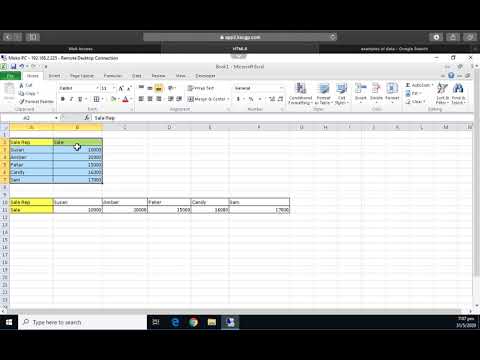Discover Excel's Hidden Tricks: Find Sheet Numbers Easily

Why Identifying Sheet Numbers Matters

Understanding the organization of your Excel workbook through knowing sheet numbers can greatly enhance your efficiency. Excel, a powerful tool used by millions worldwide for data analysis, financial modeling, and daily work tracking, can become overwhelming when dealing with multiple sheets. Sheet numbers help you keep track, navigate, and manage your data with ease:
- Navigation: Quickly move between sheets in workbooks containing numerous tabs.
- Data Management: Organize your workbook logically to avoid confusion and ensure data accuracy.
- Linking: Establishing references between sheets becomes more straightforward when you understand the sheet numbering.

Method 1: Using Keyboard Shortcuts

Keyboard shortcuts are the quickest way to identify sheet numbers in Excel:
- CTRL + PgUp: This navigates to the previous sheet, enabling you to count backward.
- CTRL + PgDn: Use this to move forward to the next sheet, counting as you go.
💡 Note: This method is best when you need a quick glance at sheet numbers and you're familiar with keyboard shortcuts.
Method 2: Viewing the Sheet Tab Bar

If you prefer using the mouse, here's how:
- Look at the bottom of your Excel window. Excel displays all sheet names in a horizontal bar.
- Hover over each sheet tab with your cursor to reveal a tooltip showing the sheet number.
🔍 Note: This method allows for a visual confirmation of sheet numbers, handy for those less comfortable with keyboard navigation.
Method 3: VBA for Power Users

Visual Basic for Applications (VBA) offers a more advanced, scriptable solution:
Sub ListSheetNumbers()
Dim i As Integer
Dim ws As Worksheet
For Each ws In ThisWorkbook.Sheets
i = i + 1
Debug.Print "Sheet " & i & ": " & ws.Name
Next ws
End Sub
- Run this macro to see all sheet numbers listed in the Immediate Window.
🛠️ Note: Requires basic understanding of VBA. Customize the macro for more complex needs.
Method 4: Excel Formulas

Even Excel's formulas can be used to identify sheet numbers:
| Cell | Formula | Description |
|---|---|---|
| A1 | =MID(CELL("filename",A1),FIND("]",CELL("filename",A1))+1,255) | Gets the current workbook's name, stripping the path. |
| B1 | =SHEET() | Displays the number of the active sheet. |
| C1 | =SHEETS() | Shows the total number of sheets in the workbook. |

📄 Note: Using formulas for sheet numbering is less intuitive but highly efficient for tracking sheets dynamically.
To conclude, Excel provides several methods for users to easily locate and remember sheet numbers. Whether you're a casual user or a power user, you can choose from keyboard shortcuts, visual cues in the sheet tab bar, advanced VBA scripting, or even built-in Excel formulas to keep your work organized. Knowing these techniques not only saves time but also reduces the chance of errors in complex data manipulation. Always choose the method that best suits your workflow and comfort level with Excel's features.
Can I change the order of the sheets to match a numerical sequence?

+
Yes, you can manually reorder sheets to align with any numerical sequence by dragging them left or right in the sheet tab bar.
Is there a way to automatically assign numbers to new sheets?

+
Yes, you can use VBA to automate this process by creating a script that names new sheets sequentially, which could also reflect in the sheet numbering.
What if I have multiple workbooks open, how do I identify sheet numbers?

+
You’ll need to switch between workbooks using Excel’s window management features (like CTRL + Tab) and then use any of the sheet identification methods within each workbook separately.